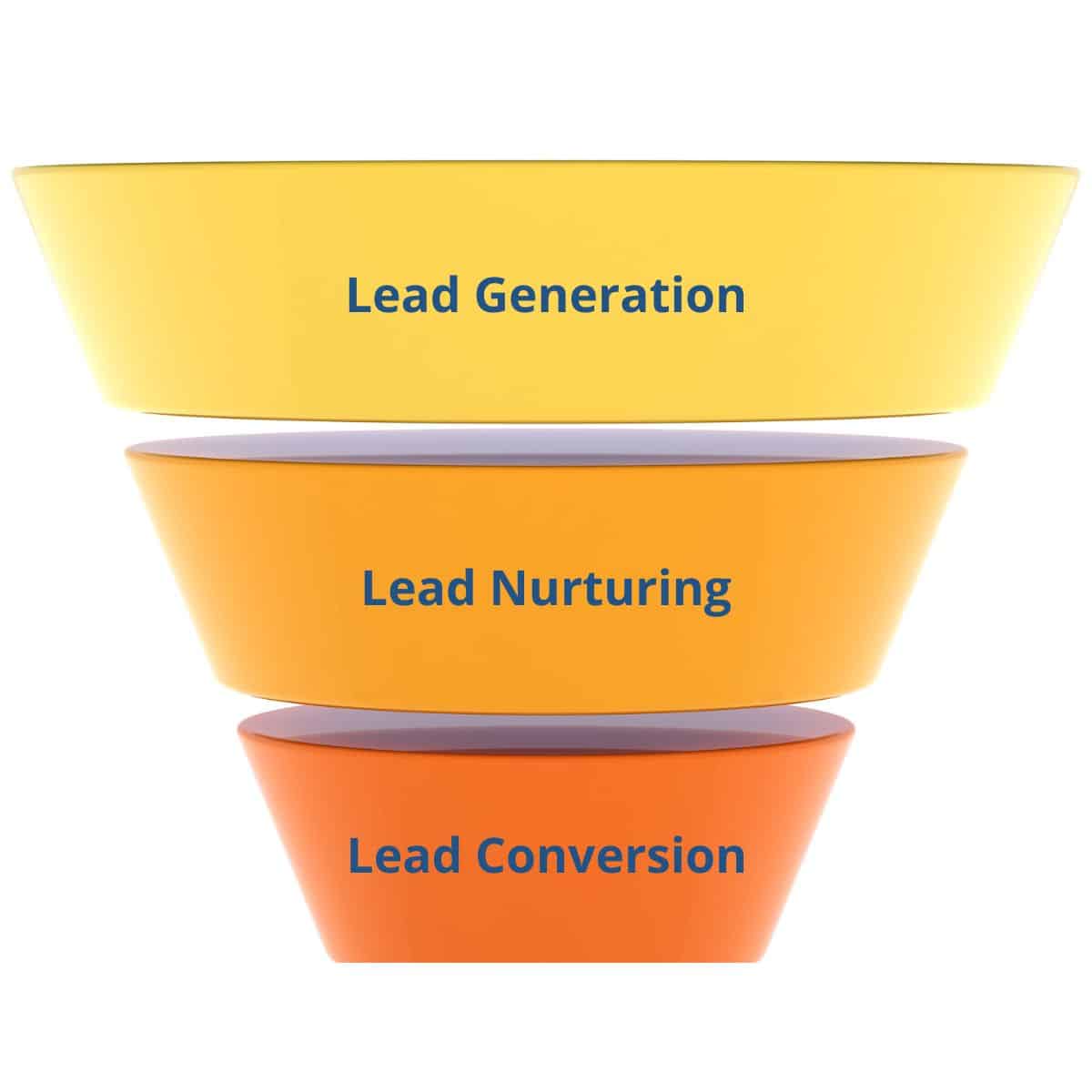
Social media isn’t just for selfies and viral videos; it’s a critical component in the marketing strategy of successful home service businesses. With over 5.24 billion social media users worldwide (Source: DemandSage), the potential to grow your business in this digital space is enormous.
Start with a Strategy
Embarking on social media marketing without a clear strategy is akin to setting sail without a compass; you may move a lot, but not necessarily in the right direction. A well-defined social media strategy lays the groundwork for purposeful and coherent content that resonates with your intended audience, ensuring that every post contributes to your larger business objectives.
Starting with a strategy is critical as it helps in identifying your target audience, establishing measurable goals, and crafting a content plan that engages users at various stages of the customer journey. It ensures that your social media efforts are aligned with your brand’s voice and values, optimizing your resources for maximum impact.
Without this strategic framework, you may find yourself posting content haphazardly, which can lead to wasted efforts, misallocated budgets, and missed opportunities to connect with potential customers meaningfully.
(Source: DemandSage)

The 3 Objectives Of Social Media Marketing
In a well-structured social media marketing strategy, posts are curated to target various stages of the customer journey, including lead generation, lead nurturing, and lead conversion. Each stage requires a different approach to effectively move potential customers down the sales funnel.
To effectively market your business on social media, focus on these three key objectives:
1. Lead Generation
At this stage, the objective is to attract prospects and collect their information for future engagement.
Types of social media posts useful for lead generation include:
2. Lead Nurturing
Once you’ve caught their interest, keep the conversation going. This phase focuses on building relationships and trust with the leads you’ve gathered. The goal is to keep them engaged and move them closer to making a purchase.
The types of social media posts useful for lead nurturing include:
3. Lead Conversion
Turning leads into customers is the final step. Now, the aim is to persuade your nurtured leads to take the final action – purchasing your products or services.
The types of social media posts useful for lead conversion include:
Create a Strong, Identifiable Brand

An often overlooked but vital component of your social media strategy is your branding. Creating a strong, identifiable brand is crucial in distinguishing your business from competitors. When your business is easily recognizable, it becomes memorable in the eyes of prospective clients. This involves using consistent logos, colors, and messaging across all your platforms, ensuring that every piece of content you share not only provides value but also reinforces who you are as a business.
Professional branding elevates your company’s perception, instilling trust and credibility. In a digital world where first impressions are made in seconds, a well-crafted brand is your chance to make those seconds count.
Stories are Important For Captivating Social Content
Now that you’ve mapped out a social media marketing strategy, don’t forget the importance of storytelling when crafting your content. Storytelling connects emotionally with your audience, making your brand memorable and relatable.
The Art Of Storytelling
Think of it as if You Are Nurturing a Romantic Relationship

Building trust with your audience on social media is similar to nurturing a romantic relationship. You wouldn’t propose marriage on the first date. It’s a journey that involves many steps. Similarly, gaining your audience’s trust involves many moments of connection with your brand. Creating that first moment of connection is akin to a memorable first date. From there, each post, comment, and story shared is like subsequent dates, the deep conversations, and those first moments of genuine connection — each building upon the last to deepen the relationship.
Building Know, Like, Trust With Your Audience
The goal is for your audience to begin to know you and the consistent value you provide, leading them to like you. Through regular, meaningful engagement, you foster trust, just as trust is built over time in a relationship through acts of care, reliability, and showing up when it matters. It’s a gradual process where you can’t skip steps; you have to earn the trust and affection of your audience, encouraging them to believe in your brand just as one person commits to another in a relationship.
Crafting stories that not only tell who you are but also incorporate customer successes and your company’s journey showcases the human side and impact of your company, products, and services. These narratives should evoke emotions that align with your brand values and resonate with your audience. Trust, like in any relationship, forms the basis of lasting engagements. Be transparent, show consistency in your messaging, and deliver value through your posts. Over time, this builds a rapport with your audience that’s akin to a trusted friend.
(Source: DemandSage)
The 80/20 Rule In Social Media

The 80/20 rule in social media, also known as the Pareto Principle, is a strategy suggesting that 80% of your social media content should be focused on delivering value to your audience—this could be through educating, informing, or entertaining them—while the remaining 20% should be used for direct promotion of your brand. By following this approach, the idea is to build a strong connection with your audience by providing content that they find useful and engaging, thereby fostering trust and establishing a positive brand reputation. Only a smaller portion of the content should be explicitly promotional, thus avoiding over-saturation of sales-focused messages and preventing follower fatigue. This balance is critical for keeping your audience interested and engaged with your social media presence over time.
Deploying these marketing strategies will not only enhance your social media presence but will also elevate your business’s potential to attract and retain clients. Start implementing today, and watch as the success of your business grows.
Ready to turn your website and online presence into your best salesperson? Contact us for a free digital marketing audit and strategy session.

About the Author
Katie Wilson, Owner
Aspire ID is a small digital marketing company in Denver, Colorado. Our mission is to empower business growth through superior digital marketing solutions and to build long-lasting client relationships. Since 2002, Katie and her team have helped home service businesses throughout the U.S. consistently grow and generate leads by providing best-in-class web design, SEO, PPC, content marketing, social media management, and reputation management and deploying targeted online marketing strategies driven by clear objectives.






